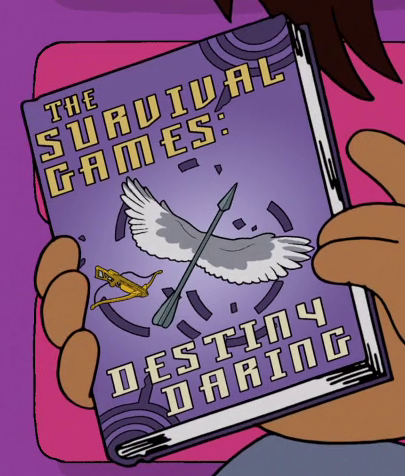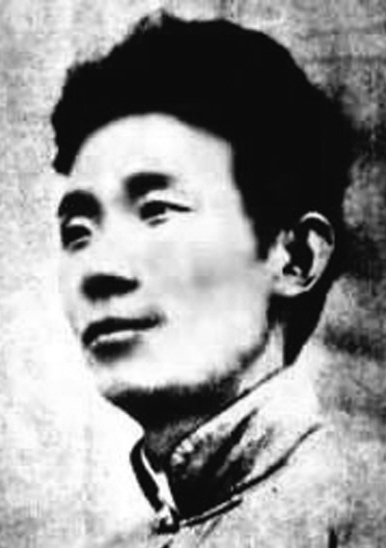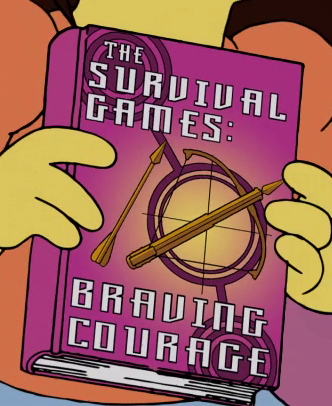Ah yes, it’s 2011. A new year. Fresh new months, ready to be filled with new events, new movies, books and music. A whole new year to create new memories. So what to do? Look over what were the three best films of 2010 of course!
As in my post “Looking back last year…”, I will start with my “least” favorite movie of the three best films and finish with my favorite.
3. “Winters Bone” by Debra Granik – Ree, a girl of the tender age of sixteen, has to take care of her depressant mother and two younger siblings all by herself. Her father, a drug dealer, has recently abandoned the family. One day a policeman shows up at the family’s door, stating that Ree’s father hasn’t shown up to court when charged with felonies. Unless he shows up to court, the Bail bond Company who loaned him the money to make Bail (be out of jail until his court date) will take the house Ree’s family lives in. Ree sees no other choice but to go looking for her father, in hopes of saving her family.
“Winter’s Bone” is a film which truly tells the horrors of poverty. It shows people doing their best to get by, some taking destructive comfort in drugs, others shooting squirrels to be able to eat properly. The visuals are harsh. During the winter it is cold and dangerous. The viewer quickly understands that this is a world where if you take one wrong step, it could cost you dearly.
Even if this film was gripping, there was one major problem with this film: Ree is too perfect. Her role in the film is to be a hero, who is great, but Ree is written too much like a superhero than just an everyday hero. She never gets mad at the wrong people, never cries or shows sign of fears in dangerous situations or even complains about her situation to anyone. It is very hard to believe that anyone would be this noble, especially since everybody around her are somewhat, or completely, messed up. Compared to other recent female leads in movies about poverty or lower classes, I prefer “Frozen River” ‘s (2008) heroine Ray and “Fish Tank” ’s (2009) Mia much more. They have flaws, but still have a lot of good in them that comes through. This makes them more human and easier to believe in. Ree is more like a goddess you idolize. However Jennifer Lawrence, who portrays Ree, pulls off a good performance and is able to pull the viewer into the brutality of her world.
The story’s climax is chilling. Without giving away the conclusion, I will say that the scene where Ree’s quest has reached its “destination”, is followed by a gruesome scene which will be very hard, for some, to stomach. Ree is put through such psychological torture it physically hurts to watch. Granik handles the films story skillfully and delicately. No clear answers to why the things that happen have happened. In the environment of desperation life is never easy. My hat off to Debra Granik!
2. “Toy Story 3” by Lee Unkrich – Even if I do believe this film was a little hyped, it still was a clever and witty, with some pretty touching moments.
Andy has grown up and is going away to college. His toys, which come to life when no one is watching, fear what will become of them. Luckily, after being shipped accidently off to a daycare things start to look up. But not for long…
Many critics had analyzed this film as being a comment on unfair imprisonment, totalitarian societies and a smattering of other social issues. What is actually playing out, and what is actually enough to propel a film to an enlightening endeavor, is a well-built film formed from a coherent aesthetics and subtle narrative. And Toy Story 3 is just that. “Toy Story 3” is a strong film about the hopes of friendship and the anxious truths about finding a new home and life. Few movie sequels are this funny and original.
3. “In A Better World” by Susanne Bier – Wow. That’s all I had to say as the credits rolled at the movie theaters. This film blew me away; it’s as simple as that.
“In A Better World” is a Danish film, set in both Denmark and Sudan. It follows two parallel story lines.
The first is the story of Anton, a man who works intermittently with “Doctors without Borders” travelling at times to a refugee camp in Darfur. While Anton tends medical attention to the needy, another (anti)protagonist, with an antithetical nature, called “The Bandit”, wreaks havoc and violence upon the landscape and people on the nearby refugee camp. The bandit’s violence and malignance seem boundless and devolve into even the horrific slicing and opening of pregnant women’s stomachs, and sadistic killings of small children along with his band of like-minded thugs. The husbands of these accosted and ravaged women often run to the Medical Facility with their lethally injured wives and Anton is often called upon to operate in hope of saving their lives.
Back in Denmark Anton has recently separated from his wife and may end up getting a divorce. The reason is that Anton had an affair. The clincher comes when Anton, who already has enough on his plate as it is, gets caught up in a moral dilemma in Sudan when the Bandit shows up in the camp one day asking for medical attention.
The second narrative line in “In A Better World” involves Cristian, a ten year old boy, who has recently lost his mother to cancer. He moves from England to Denmark with his father and starts attending a new school. There he meets Elias (Anton’s son), who is being picked on for being half-Swedish and for having very odd looking braces on his teeth. As one of the bullies tries to assault Elias, Christian goes to Elias’ defense. The two boys strike up a powerful friendship. Unfortunately for Elias, Christian has a way of believing in “eye for an eye, tooth for a tooth” and convinces Elias to follow him in his growing plans of vengeance against a variety of targets.
Bier has created a number of critically acclaimed movies, and is now seen as one of the biggest directing stars from Scandinavia. Her work is known for its excellent means of portraying human relationships. In this film, not only does Bier give moving portrayals of friendship and family dynamics, but also asks difficult questions about revenge. Is it ever right? Is it fair? Does it really solve any problems, or does it instead add much more? Bier also shows how all societies have their bullies, whether they come dressed with guns in a war-torn nation, or with bare fists and horrid words in the school playground. How should societies deal with these bullies in a progressive way?
Definitely a must see movie. Astonishing acting, smart dialogue and complex themes, Bier’s film won’t leave anyone unmoved.
As a final note, I would like to mention that I was deeply saddened that I couldn’t put “White Material” by Claire Dennis on this list, since according to Imdb the film was made in 2009. It came quite late to Sweden, so I hadn’t seen it yet when I made my “Looking back at last year…” list of the best films in 2009. In any other case, it would have earned a spot on either one of these Lists.
So that was the best of 2010. Let’s see what 2011 has to offer us!















didn`t see Toy Storey, but love the othr films, was vey impressed by White material..
still thinking of it and the total insanity of war.
“White Material” does stay with one long after the credits roll. Powerful portrayal of the insanity of war, yes. 🙂 I also enjoyed it’s portrayal of blinding love and denial. Great film!
Tank you for commenting!
Great list here. Agree wholeheartedly. Most critiques had Toy Story 3 on their top ten, but (to mitigate that) about 50% had (ugh) Inception on the list.
Inception did make my own 10 most overrated products of the year list, however.
So I give you the best trailer of 2010: ‘Toy Story 3: Inception’
P.S. once more Great list , and here is what Inception should have been about-teaching Spanish
Ah, finally! “Inception” is useful! Haha. Great videos!
Understand why many critics would have “Toy Story 3” on their list, since it was very good, but can’t understand why “Inception” would be so popular. Perhaps 2010 didn’t have enough good movies to offer? Agree with you, Nolan’s newest film makes my most overrated lists of 2010 as well. That and “The kids are alright”. Major disappointment that one. Quite stupid story line. Tried to like it, but just couldn’t!
I’m really glad you agree with my list! Was a hard on to make this year. But these films were all very good in many ways. I loved, loved, loved “In a better world”! Hihi 🙂
Thank you for saying my list was great! Always happy to hear from you 🙂